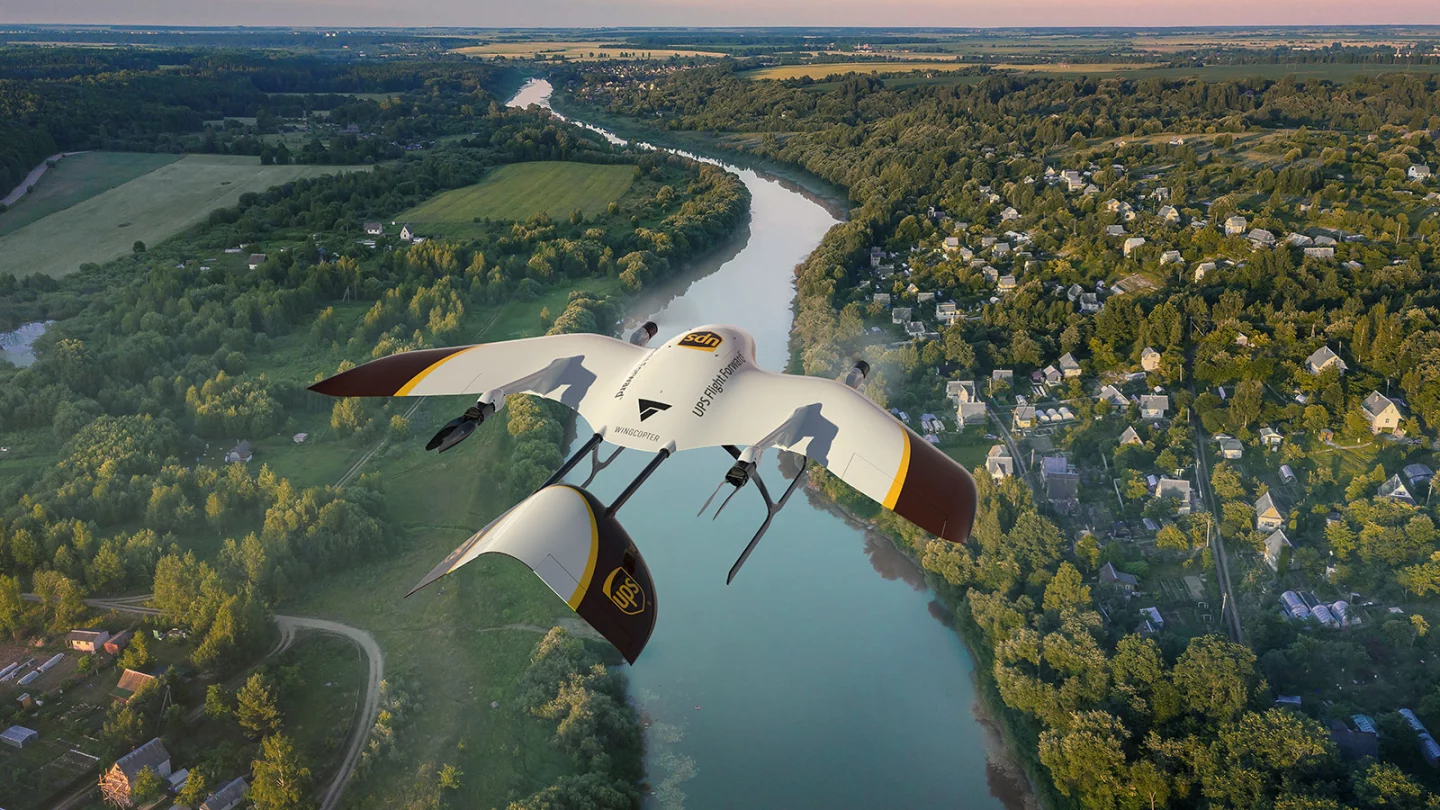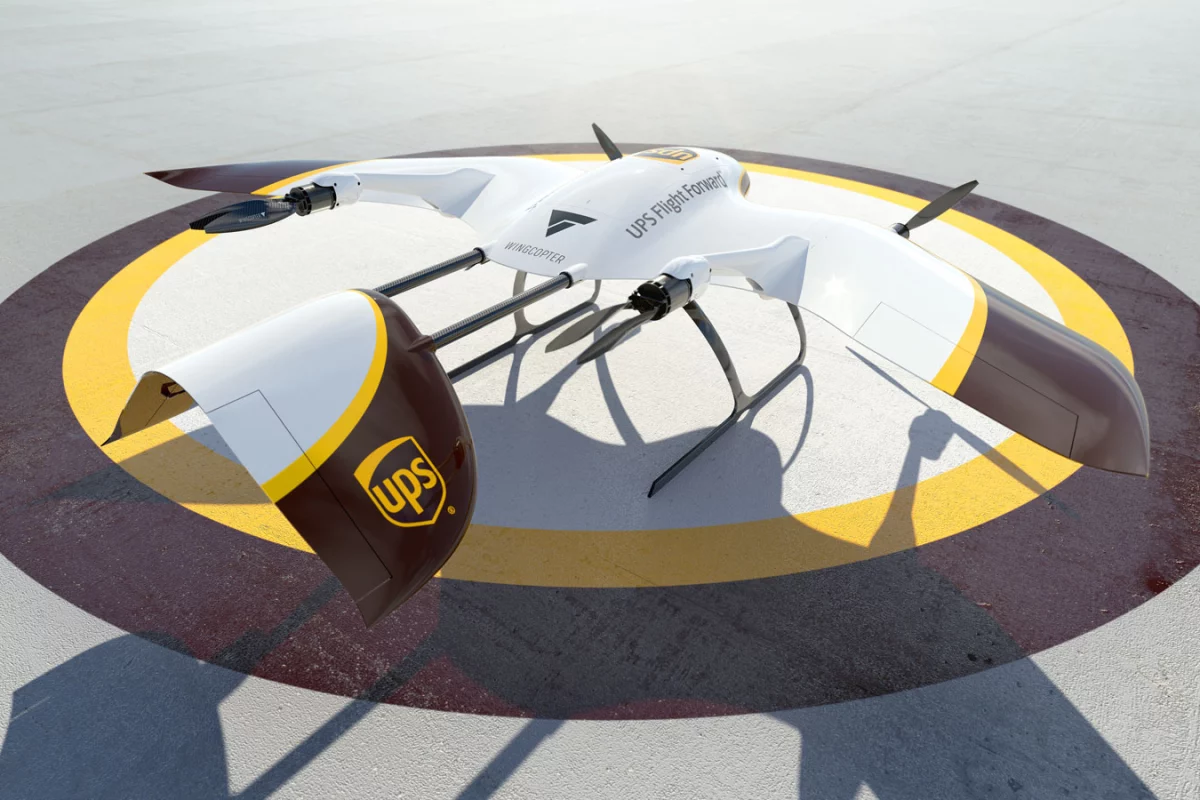Last year, logistics behemoth UPS made some real headway in its ambitions to get package delivery drones in the air when the Federal Aviation Administration certified its Flight Forward program for unlimited flights. Now the company has joined forces with German drone maker Wingcopter to get a new breed of vertical takeoff and landing delivery drones into US skies.
The partnership represents the first time that UPS Flight Forward has formed a relationship with a drone manufacturer since its official launch in July 2019. And the move is seen as an important first step towards building a fleet of diverse delivery drones.
"Drone delivery is not a one-size-fits-all operation," said Bala Ganesh of the UPS Advanced Technology Group. "Our collaboration with Wingcopter helps pave the way for us to start drone delivery service in new use-cases. UPS Flight Forward is building a network of technology partners to broaden our unique capability to serve customers and extend our leadership in drone delivery."

Wingcopter drones are capable of vertical takeoff like a helicopter, before transitioning to fixed-wing horizontal flight when at the appropriate altitude. When they reach their destination, the drones transition again for vertical landing.
The startup's electric tilt-rotor drones can autonomously fly at up to 150 mph (240 km/h), have a range of 75 miles (120 km) and can even stay on course in winds up to 44 mph (70 km/h). They have already proven themselves capable of beyond visual line of sight operations, including the delivery of insulin to an island in the North Sea, and flying vaccines to health centers in the South Sea island of Vanuatu. Courier giant DHL has also made use of Wingcopter flyers for a project in Tanzania.
This latest partnership will aim to get Wingcopter unmanned drones rubber stamped by US regulatory authorities for delivery flights, while working on the development of the next generation of package delivery drones for the US and beyond. The video below has more on Wingcopter's technology.
Source: Wingcopter







